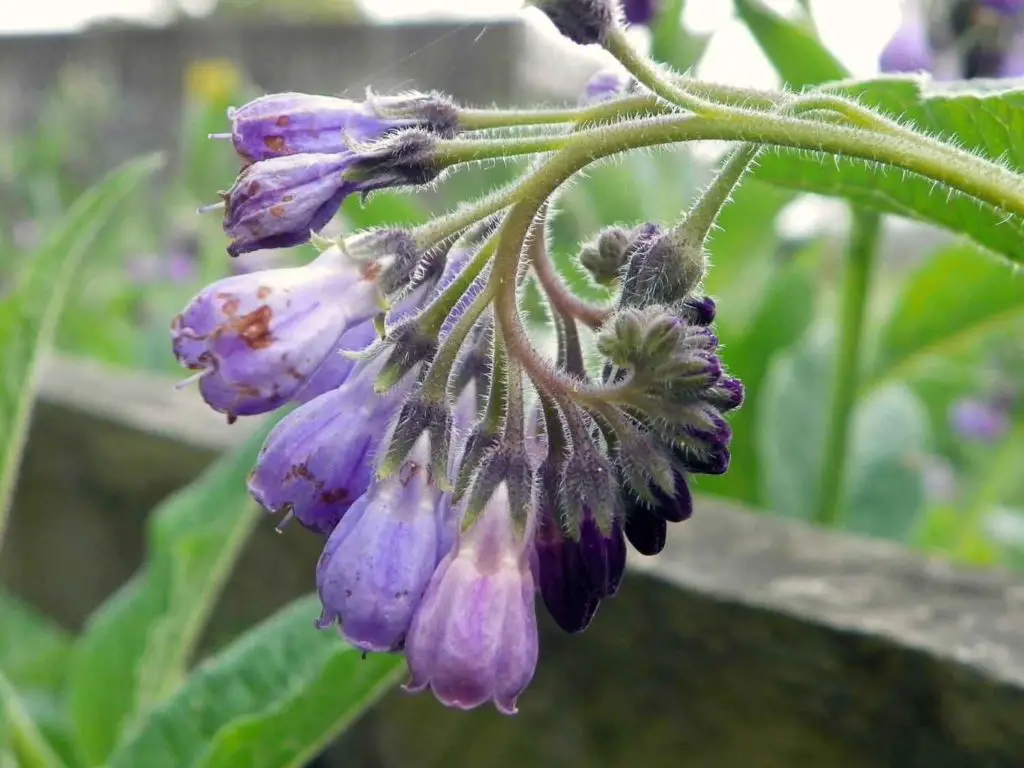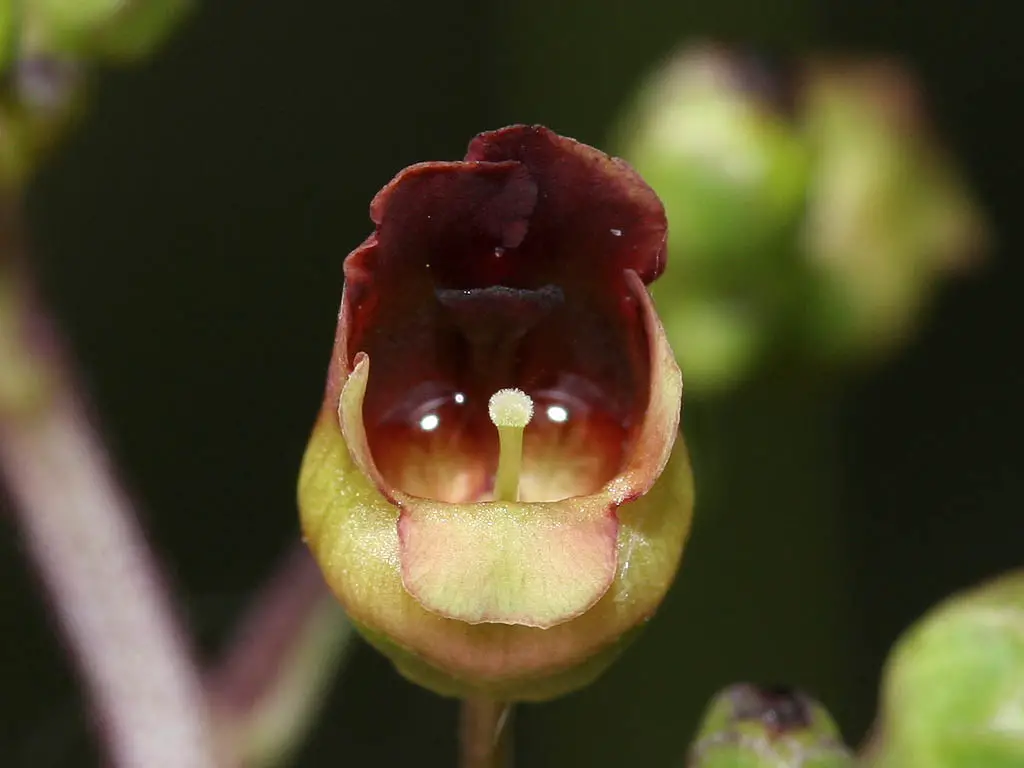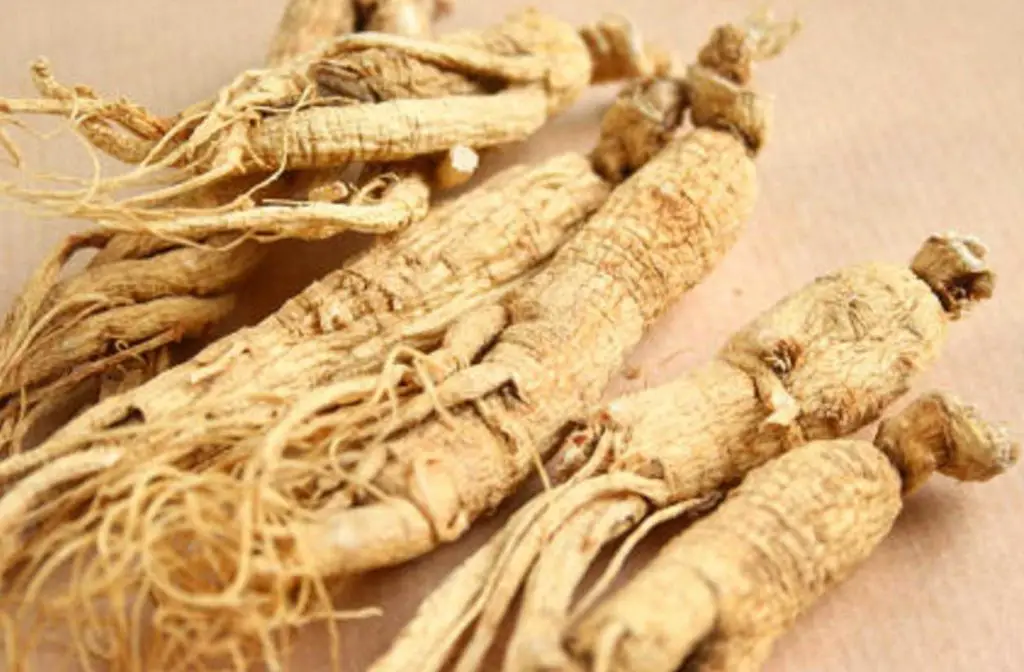Are you curious about the dog blood bush? Known by its scientific name, Rivina humilis, this curious plant has a unique look that makes it stand out in any garden. Read on to learn more about this fascinating shrub and learn some of its proven health benefits.
What Is Dog Blood Bush?
Dog blood bush is scientifically known as Rivina humilis, but also known as a “female herb” by Jamican locals. Dogblood bush is a vine-like flowering herb that can grow up to 6 ft. This flowering plant belongs to the Petiveriaceae family and is famous for its various names, like pigeonberry, rouge plant, baby peppers, bloodberry, and coralito.
The Rivina humilis plant originates from Southern America and Central America, particularly in the Caribbean and Mexico, and this plant is famous for its bright red berry.
The Rivina humilis plant was used as an ornamental piece, and its tuft was used as a shade-tolerant groundcover. The extract of this plant’s berries contains a pigment called rivianin or rivinianin, which explains its peculiar red coloration. This is historically used as a dye or pigment and can be found in fruit spreads and beverages.
The dog blood bush is an evergreen plant that can grow from one foot to six feet tall. The leaves can be up to five inches wide and 3.5 inches long, with a short stem attached. Flowers come in bunches of about four to 15 cm (1.6 to 5.9 in) long, with a short stem and tiny petals (0.079-0.315 in.) The petals are white or green to pink or purplish, which turn into bright red berries when ripe.
The Rivina humilis plant was migrated to other countries many times. In the 1900s, this plant was naturalized in New Caledonia and Queensland and became invasive. You can also see these plants in different parts of the world, like the Cocos Islands, Fiji, French Polynesia, Hawaii, India, and Norfolk Island.

Dog Blood Bush Benefits and Uses
There isn’t a lot of literature supporting the medicinal use of R. humilis. We rounded up some of the studies, claims, and folk uses of dog blood bush, which you may find interesting:
Antioxidant
Antioxidants are essential in our daily diet as they protect us from oxidative stress. These elements are typically found in fruits, green leafy vegetables, tea, and nuts. As these compounds are commonly found in organic materials, it’s no surprise that Rivina humilis also contains hefty amounts of antioxidants.
In a study aimed at understanding the phytochemicals and compounds of this plant, it was found that the Rivina humilis plant leaf extracts contain alkaloids, coumarins, flavonoids, quinones, saponins, and tannins. This is exceptionally evident in methanolic extractions, showing that this plant is a rich source of antioxidants.
Antimicrobial
Many ayurvedic plants contain natural antimicrobial properties and are commonly used as alternative remedies. The dog blood bush is also an excellent antimicrobial that effectively fights pathogenic bacteria and fungi.
In a particular study, the researchers extracted the plant’s essence from different parts (stem, leaf, fruit, and inflorescence) of the Rivina humilis plant. Among the prepared extracts, the chloroform extract of the fruit proved to be an effective agent against Pseudomonas aeruginosa, a causative agent of endocarditis and meningitis.
On the other hand, the petroleum ether extract of the fruit was also effective in preventing the growth of Aspergillus oryzae. The rest of the prepared extracts from different parts of the plants all showed promising results using the DPPH antioxidant activity analysis.
Wound Treatment and Catarrh Relief
Historically, natives used to pound Rivina humilis leaves and apply the paste to their wounds. This herb was also used to treat bronchial catarrh, an inflammation of the mucous membrane in the respiratory tract. Although the literature surrounding this is poor, it can be attributed to the antimicrobial properties of the dog blood bush.
In a microplate assay study, researchers determined the inhibitory activity of Rivina humilis extract against common bacterial pathogens, such as Enterococcus faecium, Escherichia coli, Klebsiella pneumonia, Pseudomonas aeruginosa, Salmonella typhimurium, and Staphylococcus aureus. These bacteria are also known for infecting open wounds. The R. humilis extract demonstrated weak yet evident inhibition of all bacterial species tested in the study.

Antiviral Properties
The dog blood bush is a significant ayurvedic in Jamaica and other parts of the world. The entire Rivina humilis plant, primarily the leaves, is decocted or boiled to treat common respiratory ailments like asthma, bronchitis, and colds. The plant is also used to treat rheumatism and malaria.
A particular study aimed at understanding the antiviral properties of Jamaican household plants revealed that most of them (including R. humilis) contain thousands of phytochemicals. The presence of these compounds could be the reason for dog blood bush’s potent antiviral properties.
Although the exact mechanism of the plant against these viruses is unknown, it can be attributed to alkaloids, anthraquinones, coumarins, polyphenols, and phenolic acids.
For another Jamaican famous herb, you can also check out Guinep Fruit, Bissy Tea, Guinea Hen Weed and the Cerasee Plant.
Potential Biological Pesticide
Common market pesticides contain harmful chemicals that are bad for the environment. Furthermore, the toxins in these pesticides are often absorbed by the plants, which can eventually make their way into our systems. One of the ways farmers prevent this from happening is by using a plant-based pesticide.
A study evaluating the anti-insect bioactivity of R. humilis against armyworms (Spodoptera litura F.) showed that 1.42% of R. humilis methanolic extracts effectively eliminate 50% of the tested armyworm population. This provides a promising result for using R. humilis as a natural alternative to chemical pesticides.
Dog Blood Bush Side Effects
Despite being a traditional medicinal plant, R. humilis has its inherent risks, some of which are listed below:
- Betalains build-up: One of the well-studied side effects of R. humilis ingestion is the potential build-up of betalains. Betalains are natural colorants in some plants (i.e., beets and dog blood bushes). These are safe to consume, but over-intake could cause build-up in the body and eventually lead to minor health conditions.
- Allergic reactions: Some individuals are allergic to the compounds found in R. humilis, which could potentially cause a life-threatening reaction. It is best to consult a medical expert before taking this plant.
- Gastrointestinal upset: This is another possible side effect of R. humilis, especially when the plant extract is consumed for a prolonged period. When taking a dog blood bush, it’s best to observe your body’s reaction and stop it if discomfort is noticed.
How To Make Dog Blood Bush Tea
If you’re curious about the effects of dog blood bush or want to try out the plant extract, you can prepare an infusion in your home. All you need to do is steep a pack of dried dog blood bush leaves in boiled water for about fifteen minutes. After waiting, you must strain the mixture, and your tea is ready! The taste may be up to some people’s liking, so it is usually sweetened with honey or sugar.
Subscribe to our newsletter!
Dog Blood Bush FAQs
Another Name for Dog Blood Bush?
The dog blood bush goes by countless names, such as Rivina humilis, Blood Berry, Bloodshrub, Jamaican Cherry, and Pigeonberry. It’s also known as the Jamaican dogblood to the locale. However, you might often see its scientific name (Rivina humilis) when shopping for dried leaves.
Can Dog Blood Bush Cure PCOS?
There are some claims for R. humilis users that it can help with PCOS, but there is not enough clinical evidence to suggest that this is true. There are many potential treatments for PCOS, and consulting a medical expert regarding the condition is your best bet.
However, if you want to try it, you must drink cautiously and at your discretion. When you notice an unwanted reaction, you must stop taking it altogether.

Can I Drink Dog Blood Bush on My Period?
There’s not enough literature approving or denying that it’s unsafe for females during their period. The R. humilis extract is generally safe for consumption by healthy adults, but it is best to consult with a medical expert first.
How To Use Dog Blood Bush To Get Pregnant?
There’s not enough scientific proof showing the effects of dog blood bush for pregnancy or dog blood bush for fertility. However, many users swear that drinking dog blood bush tea once a month helped them get pregnant.
Sources:
- https://pubmed.ncbi.nlm.nih.gov/21914457/
- https://pubmed.ncbi.nlm.nih.gov/25745261/
- https://www.ncbi.nlm.nih.gov/pmc/articles/PMC7865499/
- https://pubmed.ncbi.nlm.nih.gov/11328492/
- https://herbpathy.com/Uses-and-Benefits-of-Rivina-Humilis-Cid6128
- https://www.gardenia.net/plant/rivina-humilis
- https://www.cabidigitallibrary.org/doi/10.1079/cabicompendium.116742
- https://www.nparks.gov.sg/florafaunaweb/flora/5/8/5818
- https://www.itis.gov/servlet/SingleRpt/SingleRpt?search_topic=TSN&search_value=19534#null
- https://caribshopper.com/products/natural-pearls-of-jamaica-jamaican-dog-blood-bush-2oz#:~:text=Dog%20Blood%20Bush%20has%20been,coughs%2C%20colds%2C%20and%20fever
- https://www.healthbenefitstimes.com/bloodberry/
- https://www.ncbi.nlm.nih.gov/pmc/articles/PMC4348319/
- https://www.researchgate.net/publication/287702221_Rivina_humilis_L_A_Potential_Antimicrobial_and_Antioxidant_Source
- https://www.journalcra.com/article/phytochemical-analysis-and-antioxidant-activity-leaf-extracts-rivina-humilis-l
- https://apps.lucidcentral.org/rainforest/text/entities/rivina_humilis.htm
- https://pubmed.ncbi.nlm.nih.gov/6405475/#:~:text=The%20most%20serious%20infections%20include,meningitis%2C%20pneumonia%2C%20and%20septicemia.
- https://link.springer.com/referenceworkentry/10.1007/978-0-387-70638-2_1355
- https://www.medicalnewstoday.com/articles/325040
- https://cikitusi.com/gallery/3-sep-968.pdf
- https://jahnoherbs.com/blogs/benefits-of-this-herb/benefits-of-jamaican-dog-blood-herb-fertility-bush
- https://www.islandherbsandspices.com/how-to-improve-fertility-with-the-jamaican-dog-blood-bush/




